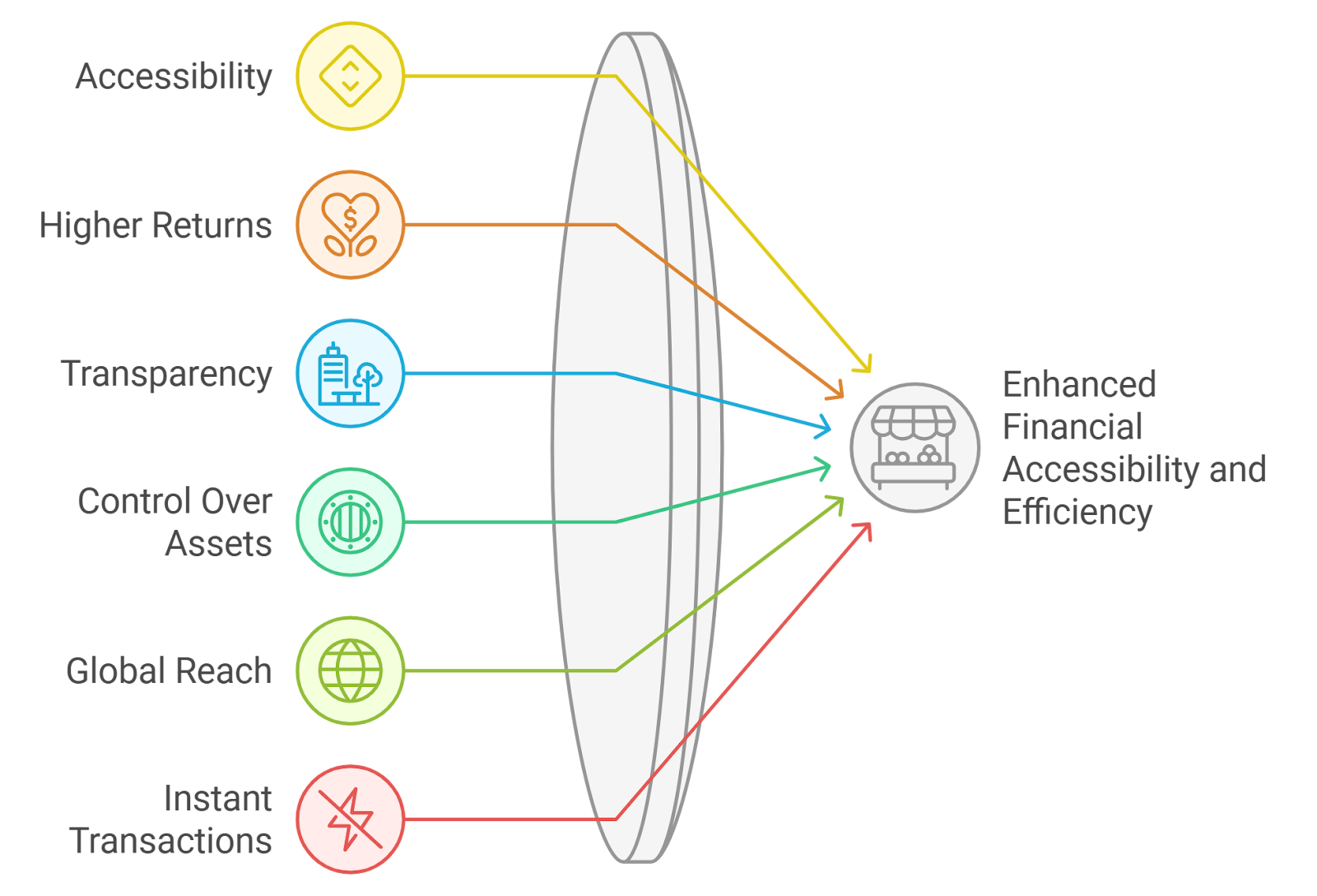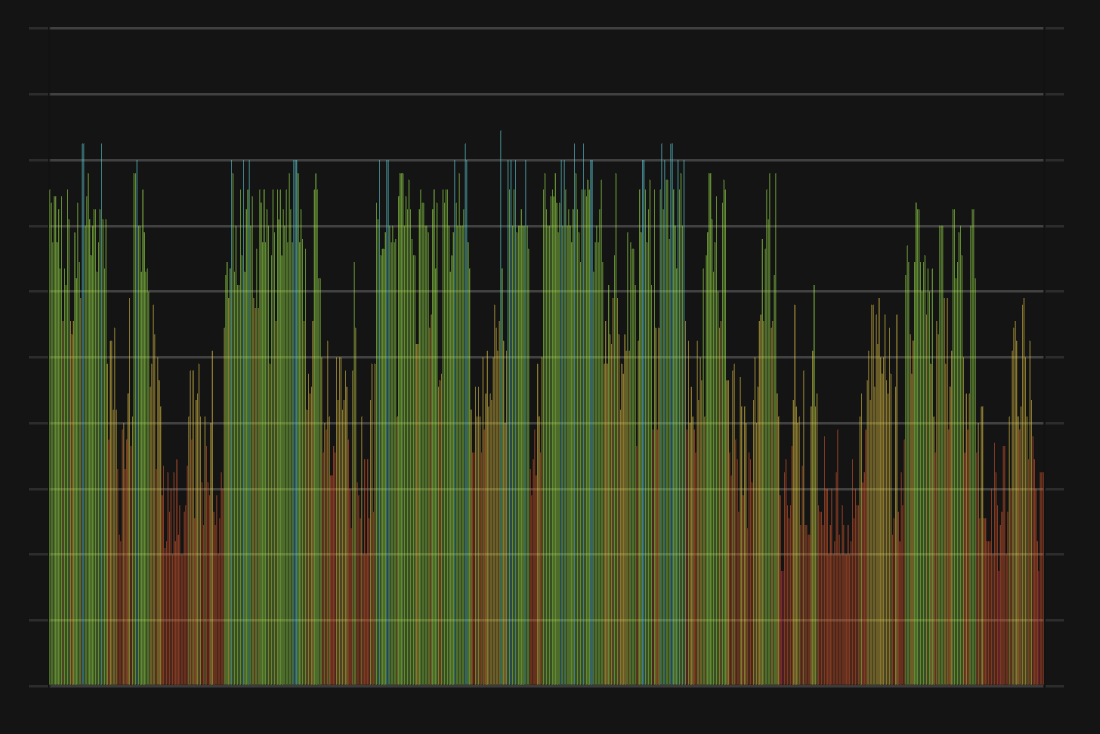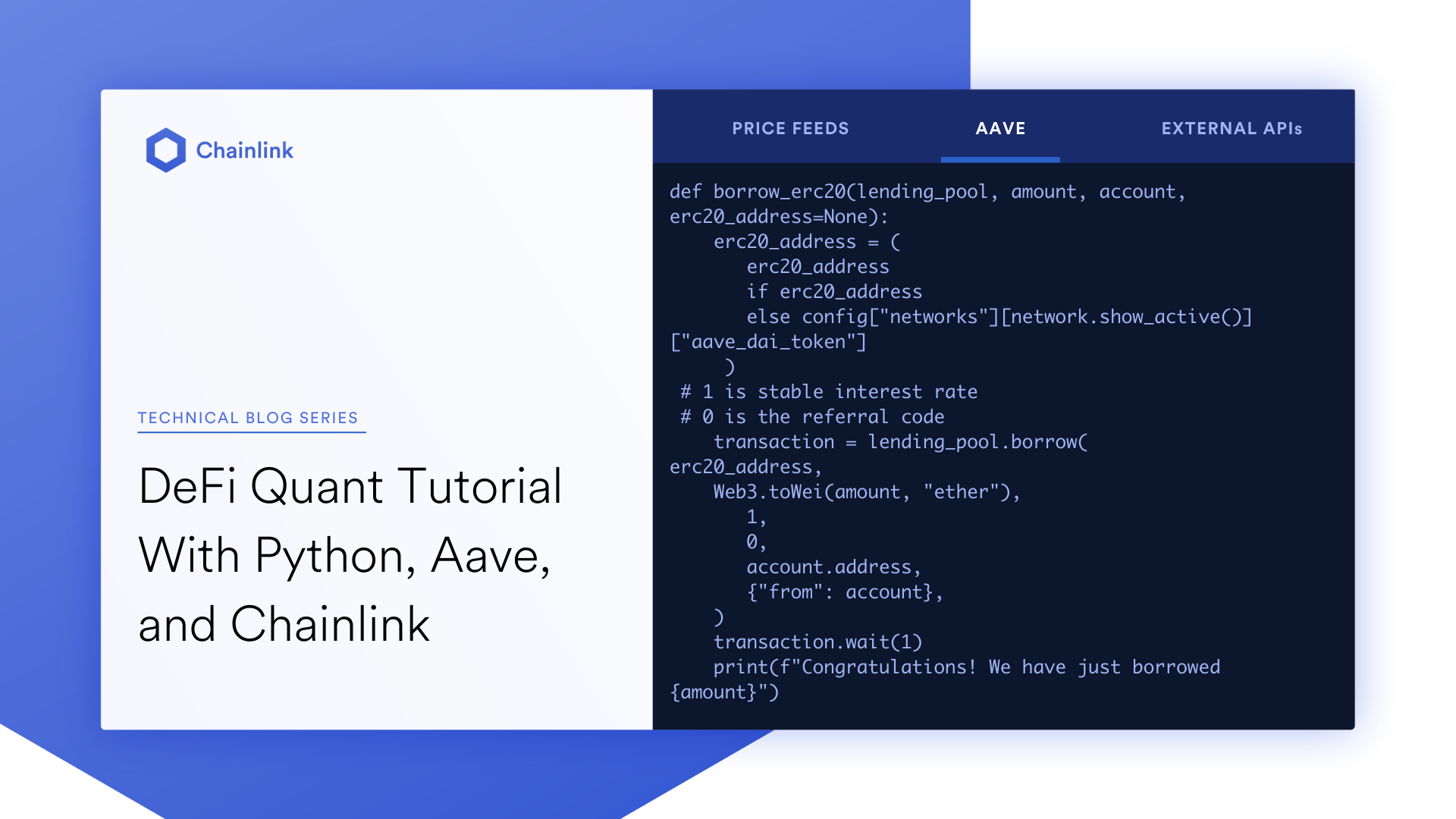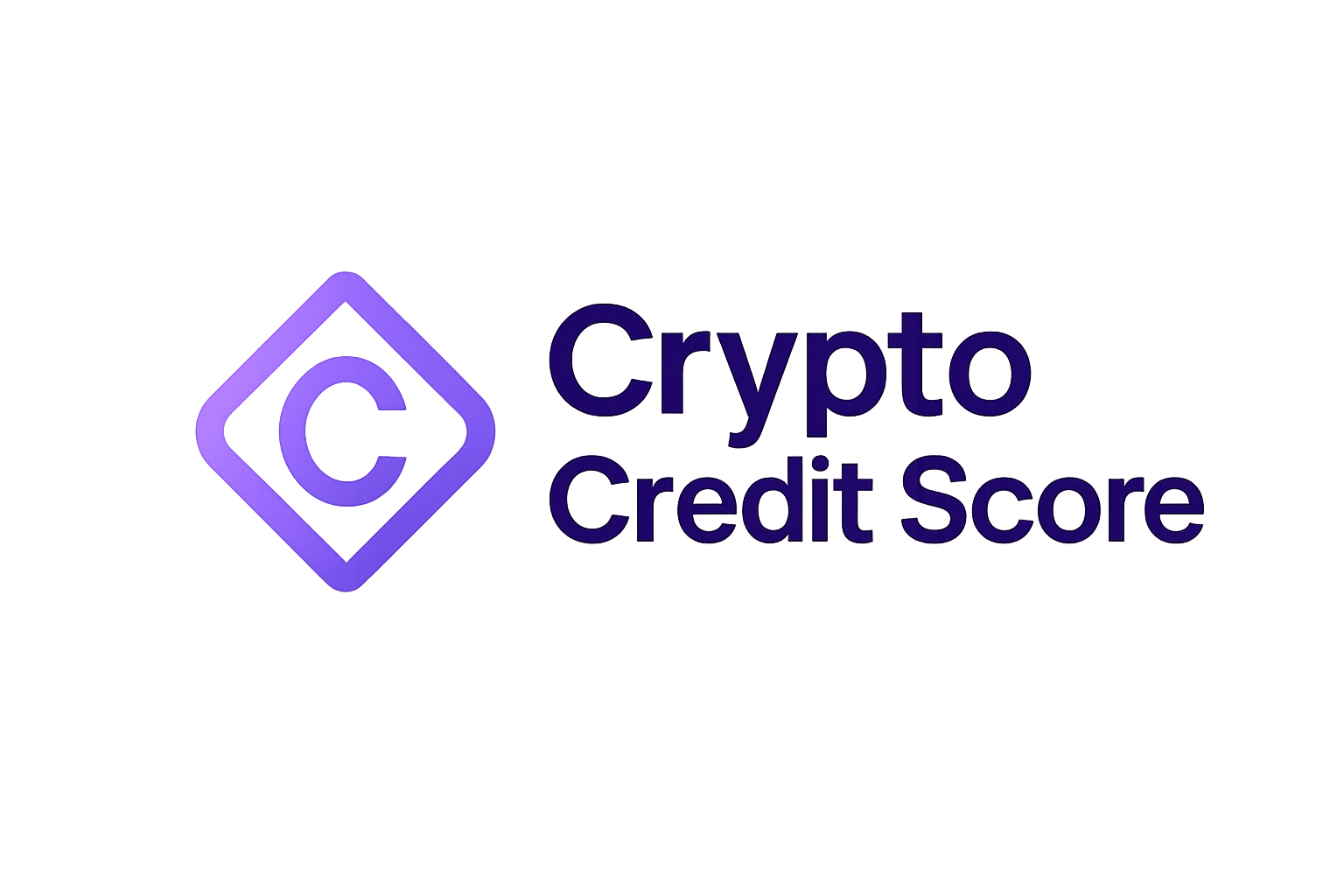
In traditional finance, credit scores are the linchpin for undercollateralized lending, enabling banks and lenders to assess risk and extend credit efficiently. By contrast, the early days of Decentralized Finance (DeFi) were dominated by overcollateralized loans, where borrowers had to lock up more value than they wished to borrow. This model, while secure, severely limited capital efficiency and excluded users without substantial crypto holdings. The emergence of on-chain credit scores is now transforming this paradigm, opening the door to undercollateralized DeFi lending and fundamentally reshaping blockchain credit assessment.

From Overcollateralization to On-Chain Credit Scores: A Shift in DeFi Lending
Overcollateralization in DeFi was a rational response to the absence of robust credit risk assessment. Without a way to evaluate a user’s trustworthiness, protocols like MakerDAO and Compound required borrowers to post collateral worth 120% or more of their loan value. While this reduced default risk, it also locked out millions of potential users and restricted DeFi’s total addressable market.
On-chain credit scores address this inefficiency by algorithmically evaluating a user’s creditworthiness based on their blockchain activity. These decentralized credit scoring systems analyze factors such as:
- Repayment history across DeFi protocols
- Liquidation events and risk-taking behavior
- Participation in liquidity pools and DAOs
- Wallet age, transaction frequency, and asset diversity
This data-driven approach enables protocols to offer undercollateralized loans, drastically improving capital efficiency and inclusivity. As a result, DeFi is poised to attract trillions of dollars in new liquidity by making lending accessible to users previously excluded from the ecosystem. For a technical deep dive into how on-chain risk scores enable undercollateralized DeFi lending, see this resource.
Key Protocols Pioneering Decentralized Credit Scoring
Leading DeFi Protocols Using On-Chain Credit Scores
-

Cred Protocol: Specializes in decentralized credit scoring, analyzing users’ on-chain activity to assess lending risk and enable undercollateralized loans across DeFi platforms.
-

Spectral Finance: Introduces the Multi-Asset Credit Risk Oracle (MACRO) score, leveraging blockchain transaction data to generate Non-Fungible Credits (NFCs) that represent unique on-chain credit reports.
-

Teller Finance: Utilizes privacy-preserving oracle technology (in collaboration with Chainlink) to facilitate undercollateralized lending by allowing borrowers to prove creditworthiness without revealing sensitive data.
-

Credora: Provides transparent on-chain credit assessments, empowering DeFi lenders to offer trust-based, undercollateralized loans by evaluating real-time blockchain activity.
Several innovative DeFi projects are leading the charge in deploying on-chain credit scoring frameworks:
- Cred Protocol: Develops decentralized credit scores to expand lending access, with a focus on underserved crypto communities.
- Spectral Finance: Introduces the Multi-Asset Credit Risk Oracle (MACRO) score, issuing Non-Fungible Credits (NFCs) as unique credit reports.
- Teller Finance: Collaborates with Chainlink to enable privacy-preserving, undercollateralized lending using oracle technology.
- Credora: Provides transparent on-chain credit assessments for trust-based crypto lending markets.
These protocols utilize a blend of on-chain and off-chain data to deliver real-time, privacy-preserving credit assessments. The result is a decentralized, transparent alternative to legacy credit bureaus, with the added benefit of composability and interoperability within the blockchain ecosystem.
“On-chain credit scoring is the missing link for unlocking true capital efficiency in DeFi. By quantifying risk using transparent blockchain data, we can finally move beyond the limitations of overcollateralized lending. “
How On-Chain Credit Scores Quantify DeFi Lending Risk
At the technical level, on-chain credit scores leverage advanced analytics and machine learning to evaluate lending risk. These systems ingest a user’s historical transaction data, smart contract interactions, and protocol-specific behaviors to generate a dynamic risk profile. Key metrics include:
- Timeliness and consistency of loan repayments
- Incidence of defaults or liquidations
- Portfolio diversification and asset volatility
- Engagement with reputable DeFi protocols
This risk quantification allows lending platforms to dynamically adjust collateral requirements, interest rates, and loan limits. For example, a user with a strong on-chain credit score may only need to post 30-50% collateral, compared to the typical 120% required in legacy DeFi models. This shift not only increases capital efficiency but also democratizes access to financial services on the blockchain. For more on how decentralized credit scoring is transforming DeFi lending, visit this guide.
As the DeFi landscape evolves, the integration of on-chain credit scores is catalyzing a new era of risk-adjusted, undercollateralized lending. This paradigm shift is not just theoretical, protocols are already experimenting with dynamic collateralization based on real-time blockchain credit assessments. The result is a more nuanced approach to DeFi risk management, where loan terms are tailored to the borrower’s verifiable on-chain reputation rather than blunt collateral ratios.
Challenges and Opportunities Ahead
Despite the promise, several technical and operational challenges remain. Sybil resistance: the ability to prevent users from gaming the system by creating multiple wallets, remains a critical concern. Additionally, privacy-preserving computation is essential to ensure credit scores can be calculated without exposing sensitive financial data. Projects like Teller Finance are addressing these pain points by leveraging zero-knowledge proofs and decentralized oracle networks to validate creditworthiness without sacrificing user privacy.
Another open question is the integration of off-chain data, such as traditional credit scores or real-world identity, with on-chain analytics. Hybrid approaches may further enhance credit risk models, but they introduce new vectors for centralization and regulatory scrutiny. The challenge for DeFi innovators will be to balance composability, privacy, and compliance as the sector matures.
The Impact on DeFi Ecosystem Growth
Unlocking undercollateralized lending through decentralized credit scoring has far-reaching implications. By lowering collateral thresholds and expanding access, DeFi protocols can tap into broader user segments, increase protocol revenue, and ultimately drive higher total value locked (TVL) across the ecosystem. This transition also lays the groundwork for more sophisticated financial products, such as unsecured revolving credit lines, DeFi-native mortgages, and even on-chain credit card equivalents.
Importantly, the transparency of blockchain data ensures that credit scoring models remain auditable and resistant to arbitrary manipulation. This stands in stark contrast to opaque, centralized credit bureaus and aligns with the ethos of open finance. The composability of on-chain credit scores means they can be integrated across lending, insurance, and identity protocols, compounding their utility and impact.
Best Practices for DeFi Users and Protocols
As undercollateralized lending becomes more prevalent, both users and protocols should adopt best practices to maximize the benefits and minimize risks:
Protocols should prioritize transparency in their credit scoring algorithms, regularly audit their smart contracts, and provide clear documentation for users. Borrowers, on the other hand, should monitor their on-chain credit profiles, diversify their activity across reputable protocols, and stay informed about evolving risk parameters. For further reading on empowering users to access uncollateralized loans through decentralized credit scoring, see this resource.
Frequently Asked Questions
The rise of on-chain credit scores is more than a technical upgrade, it is a fundamental reimagining of how trust and risk are quantified in the decentralized economy. As these systems mature and adoption accelerates, DeFi will move closer to rivaling traditional finance in both scale and sophistication, while preserving the transparency and inclusivity that define blockchain innovation.






